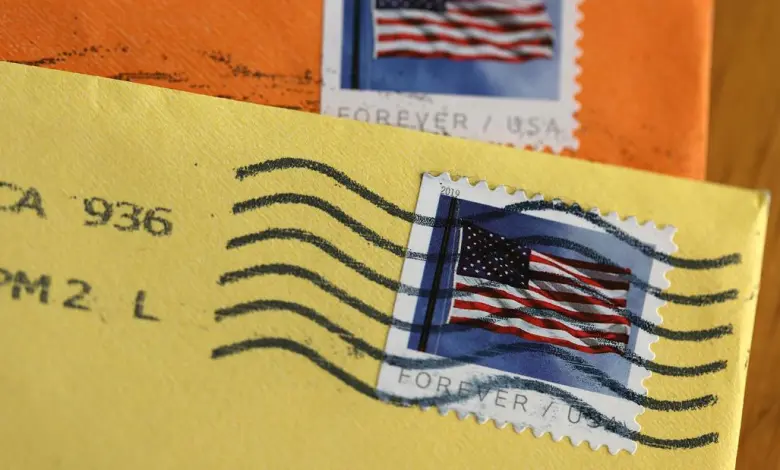On Monday, the US Postal Service announced that it has notified its regulators of its intention to increase the cost of first-class stamps from 63 cents to 66 cents.
If approved, the modification would take effect in July and raise first-class letter postage rates by roughly 5.4%. The postal service claimed that the increase was required to balance a rise in operating expenses.
Over the past two years, rising prices have had an effect on business across the whole global economy, raising labor costs and corporate costs. Although the rate of inflation has decreased over the past nine months, it is still beyond the central bank’s goal range of 2% last month, with prices rising by 5% on an annualized basis.
“These price changes are required to bring much-needed revenue to the postal service,” the agency said in a statement.The most recent rise would represent a 32% increase over the previous four years, assuming it is granted.
Additionally, domestic postcard prices will rise from 48 to 51 cents, and overseas postcard prices will rise from $1.45 to $1.50.
Regulators seldom, but occasionally, reject USPS requests; in 2010, they did so. According to a statement made at the time by the Postal Regulatory Commission, USPS “failed both to quantify the impact of the recession on its finances and to show how its rate request affected the resulting Loss relates to mail volume.” As a result, the Postal Regulatory Commission decided against raising prices.
Due to online communication, first class mail is making up a less and decreasing portion of the postal services’ business. Each year, the quantity of letters sent by individuals has typically decreased by half.





